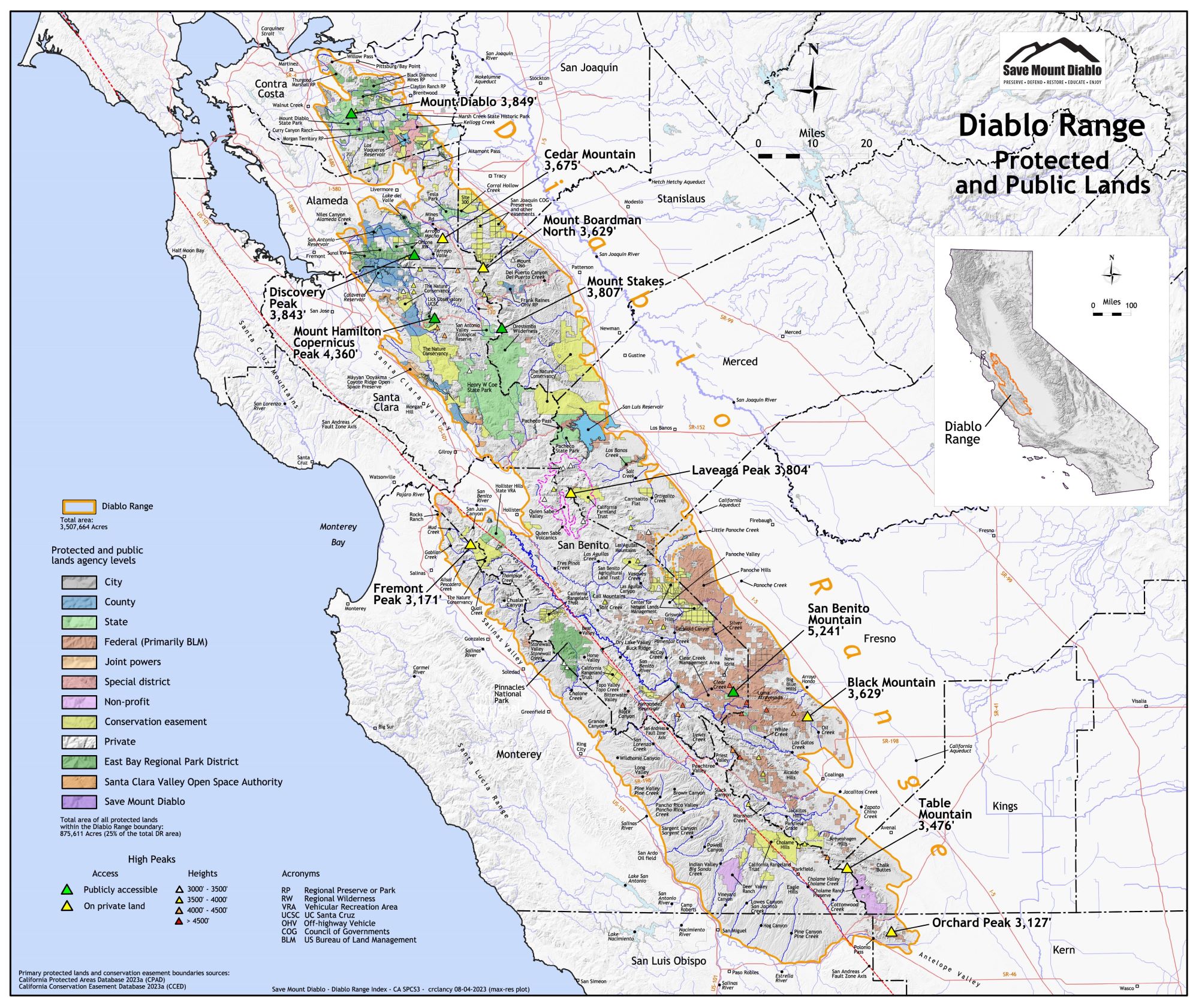
Five Times the Size of Yosemite National Park
Save Mount Diablo’s Diablo Range Expansion
Mount Diablo State Park has grown to 20,000 acres in 100 years. What if I told you another 20,000 acres of the Diablo Range could be protected in the next 18 months? Or hundreds of thousands of acres over the next six years? A million acres over the next 50 years?
The giant Diablo Range, running some 200 miles north to south through Central California between Highway 101 and Highway 5, crosses twelve counties and covers 3.5 million acres—five times larger than Yosemite National Park.
Save Mount Diablo first focused on protecting the region around Mount Diablo’s main peaks, and with that focus, we’ve gained protection for over 120,000 acres of public lands north of Altamont Pass, from just 7,000 protected acres at the time of our founding. That’s 75% of what we think is important. This area in the East Bay from the Livermore Valley north to the Delta remains our highest priority, but the remaining conservation properties here are smaller and more expensive. On the other hand, the Diablo Range south of the Altamont area offers the potential for conservation on a much larger scale, with an even greater bang for the buck.
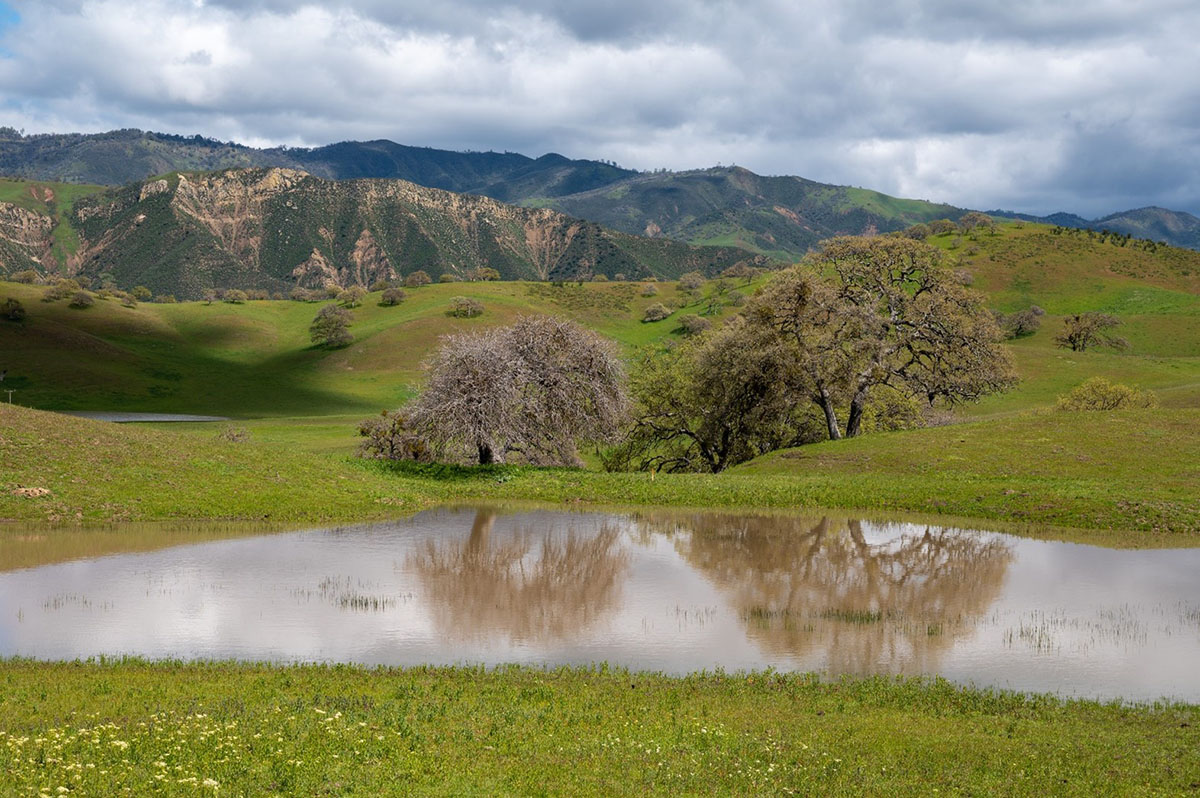
The Diablo Range’s 3,500,000 acres (almost 5,500 square miles) are largely undeveloped, sparsely inhabited, and intact, crossed only by major highways in two places (the Altamont and Pacheco passes). It’s in the rain shadow of the outer coast ranges, arid, rocky and rich, a place where evolution happens faster. Its wilderness-quality spine of 3000- to 5000-foot-high peaks hosts an incredible diversity of topography and ecological communities. It is recognized as a biodiversity hotspot and serves as a genetic reservoir supporting the flora and fauna of surrounding natural areas, including Mount Diablo to the north, the Santa Cruz Mountains to the west, and the Carrizo Plain and the Tehachapis to the south.
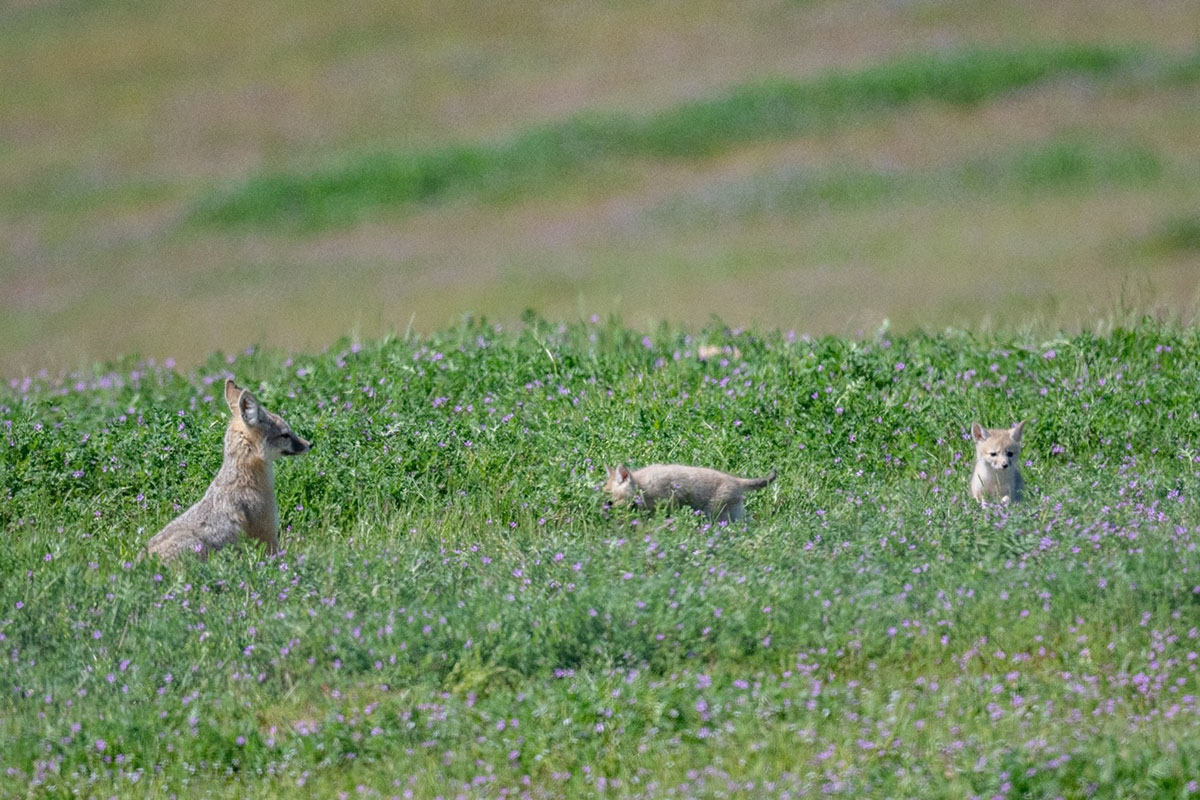
San Joaquin kit fox
Despite its size and importance, though, the range is relatively unknown to the public and decision-makers, and it is therefore largely unprotected, with only about 25% (875,000 acres) having some level of protection. (For comparison, the much better-known Sierra Nevada Range is twice as large, and is 52% protected.) That’s why we believe the Diablo Range will be California’s next great conservation story.
In January Save Mount Diablo’s Board of Directors took the next steps in defining the role our organization will play in this great story by expanding our geographic focus to all twelve counties crossed by the Diablo Range, with our acquisition focus still on the area north of Corral Hollow (dark green), but now being open to land gifts or conservation easements in the whole northern third of the range (green cross-hatch, south to Pacheco Pass), with an accompanying expansion of our stewardship programs.
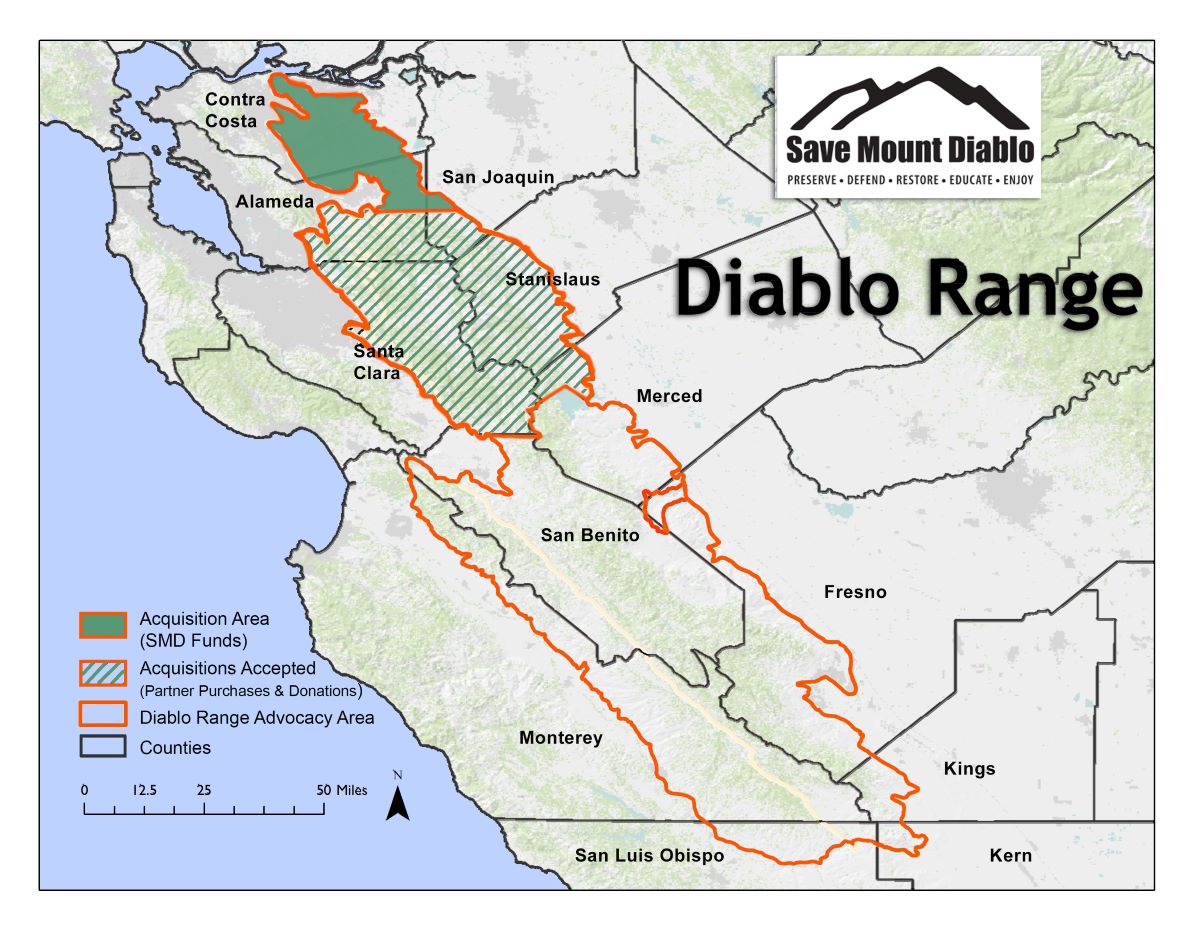
At the same time, we will be expanding our advocacy efforts throughout the whole range, emphasizing partnerships with, local, regional, and national organizations (orange outline).
The expansion of our work in this larger region has been rapid, responding to both threats and opportunities, at both the local and global levels. The threats include pressure from a growing population of people seeking their own little piece of rural paradise, leading to fragmentation of formerly intact wildlands, along with proposed large-scale water and energy projects. Not to mention the global threat of climate change, which is putting increasing pressure on our state’s native plants and wildlife.
30×30
Here’s the opportunity: Both the federal and state governments have now set a goal to conserve at least 30 percent of lands and freshwater and 30 percent of ocean areas by 2030, in a biodiversity initiative known as “30×30.” The aim is to reverse the negative impacts of biodiversity decline and climate change by protecting more natural areas, and to increase access to nature for communities that lack it. As of 2023, California had conserved 24.4% of lands and 16.2% of coastal waters. The ambitious 30×30 initiative will focus agencies and funders on these goals.
With its massive scale, its relative absence of development, and its status as a premier wildlife corridor for charismatic megafauna such as mountain lions and California condors, the Diablo Range presents an incredible opportunity for advancing the goals of the 30×30 initiative.
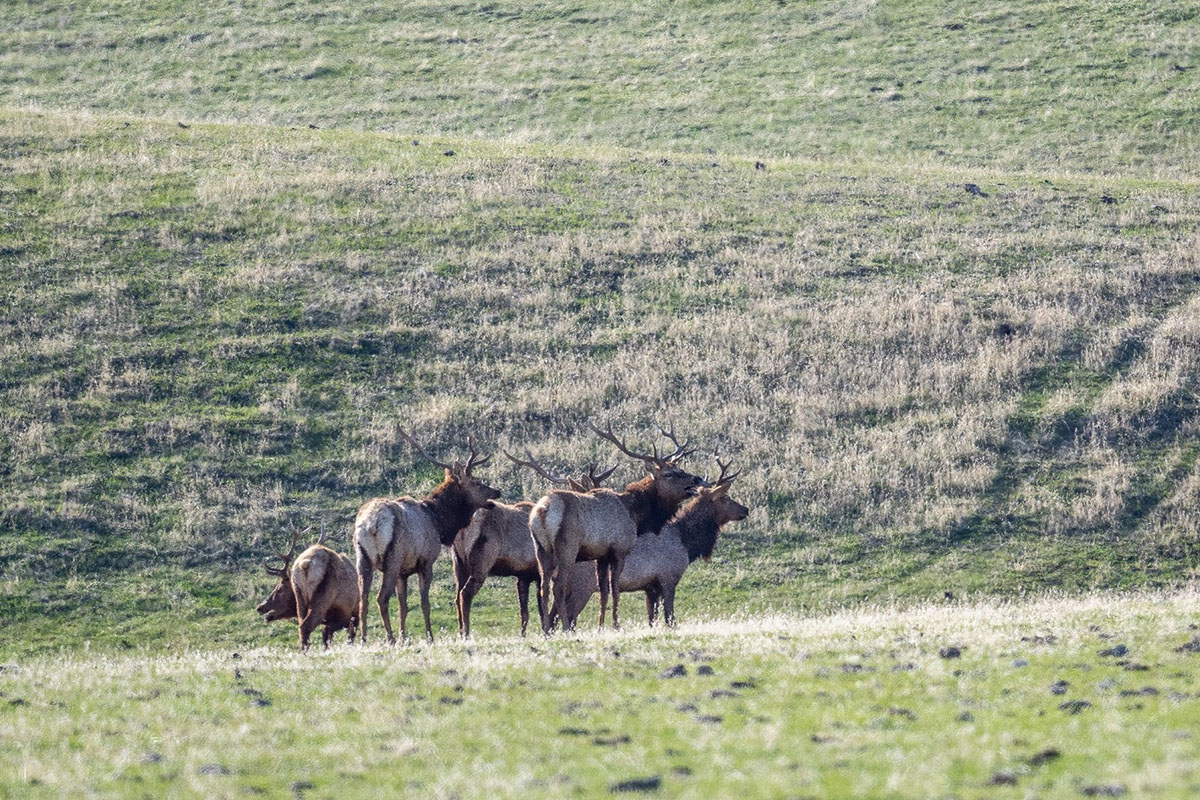
Tule elk in the Diablo Range
The places that have been well researched such as Mt. Diablo, Mt. Hamilton, Henry W. Coe, Pinnacles, and San Benito Mountain, all demonstrate that rich biodiversity. The range is a 200-mile mountain lion, golden eagle, tule elk, California condor freeway. It’s a superhighway for birds, reptiles and amphibians. And it stretches south past underserved areas in the Salinas and San Joaquin valleys with limited access to parks and trails.
The best chance of reaching state 30×30 goals lies in the Diablo Range. It has the most, largest, highest biodiversity properties left in the state.
San Andreas Linkage Project
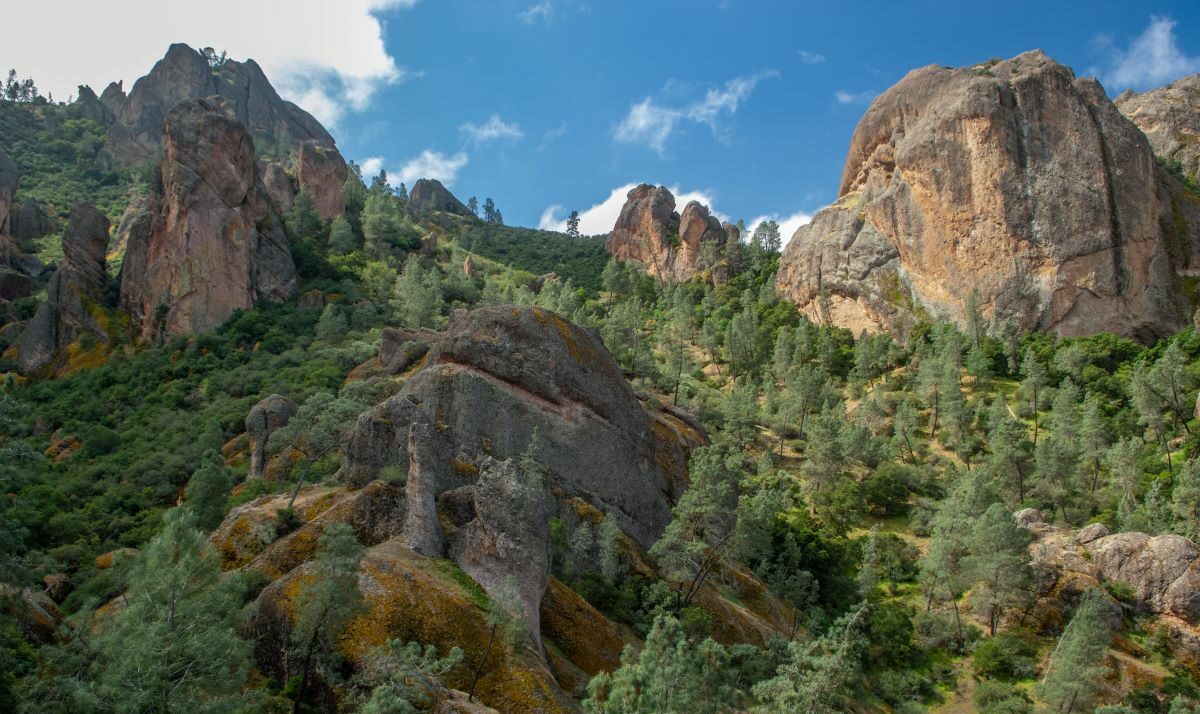
Pinnacles National Park
The Nature Conservancy has had its eyes on the Diablo Range for several decades, recognizing it as a global biodiversity hotspot. Beginning in 1998, TNC has worked to protect more than 100,000 acres in the Diablo Range, from Mount Hamilton east to the San Joaquin Valley. But new science and the state’s 30×30 goals have led TNC to ramp up its interest. And the organization has now given its renewed campaign a new name: “San Andreas Linkage.”
Here’s what TNC says about the newly christened project: “California’s Inner Coast Range [including the Diablo Range] contains what many consider to be the state’s most valuable unprotected wildlife linkage. The range runs along the San Andreas Fault, where tectonic activity created the conditions for amazing biodiversity, from plants found nowhere else on Earth to iconic species like pronghorn and tule elk. Though most people know the name San Andreas because of the fault line, the surrounding region has the potential to make a difference above ground with the establishment of the San Andreas Linkage. Our goal is to create a series of wildlife corridors that span nearly 600,000 acres—a refuge on the scale required to sustain the full suite of the region’s native species in the face of climate change. We are connecting multiple protected areas, many of which were previously isolated… This reconnected habitat will support a climate-resilient wildlife linkage and provide water resources for native species. It will also prevent further energy development from disrupting and fragmenting ecosystems.”
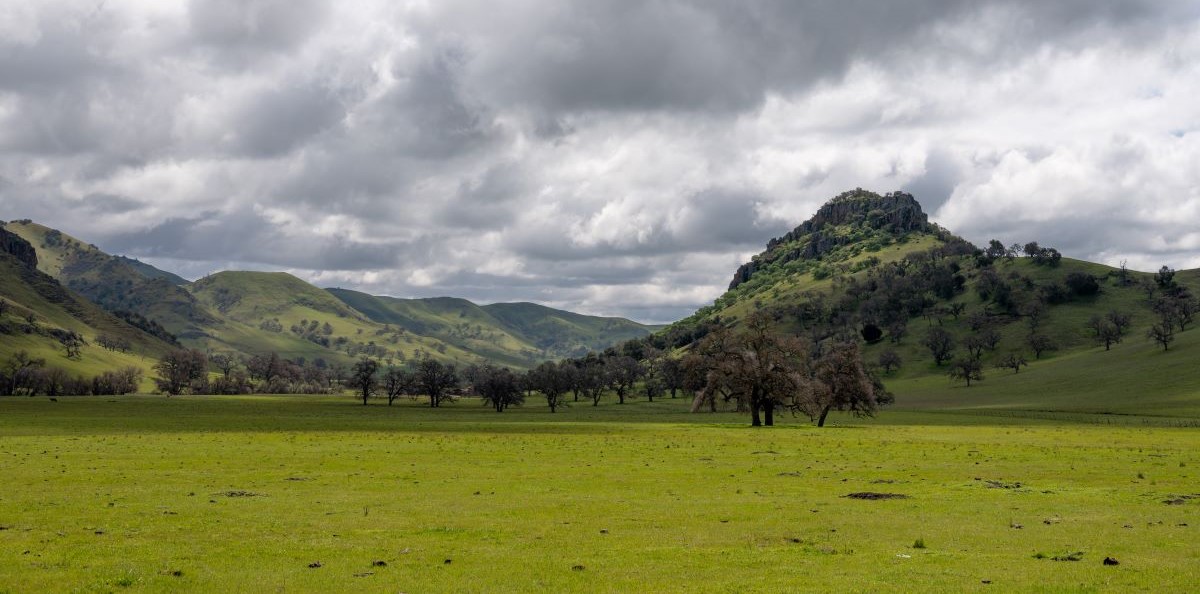
Wow! Big goals. Like Save Mount Diablo, TNC is both a land trust and a conservation advocacy organization, but with much greater capacity. It often works with local partners who have the knowledge and capacity to take over ownership or management of properties it acquires. So as TNC develops its goals for this ambitious new project, SMD will share its knowledge of the area to guide it to high priority locations, where the threats and opportunities are the greatest. We’ll consider owning or managing some of the acquired properties. We’ll help develop sources of funding, such as state resource bonds. And we’ll work with a range of partners up and down the San Andreas fault zone, to ensure stewardship and access. We’re even talking about a national monument to upgrade protection of 200,000 acres of Bureau of Land Management-owned land centered on the Panoche Valley and San Benito Mountain.
Hope and Audacious Plans
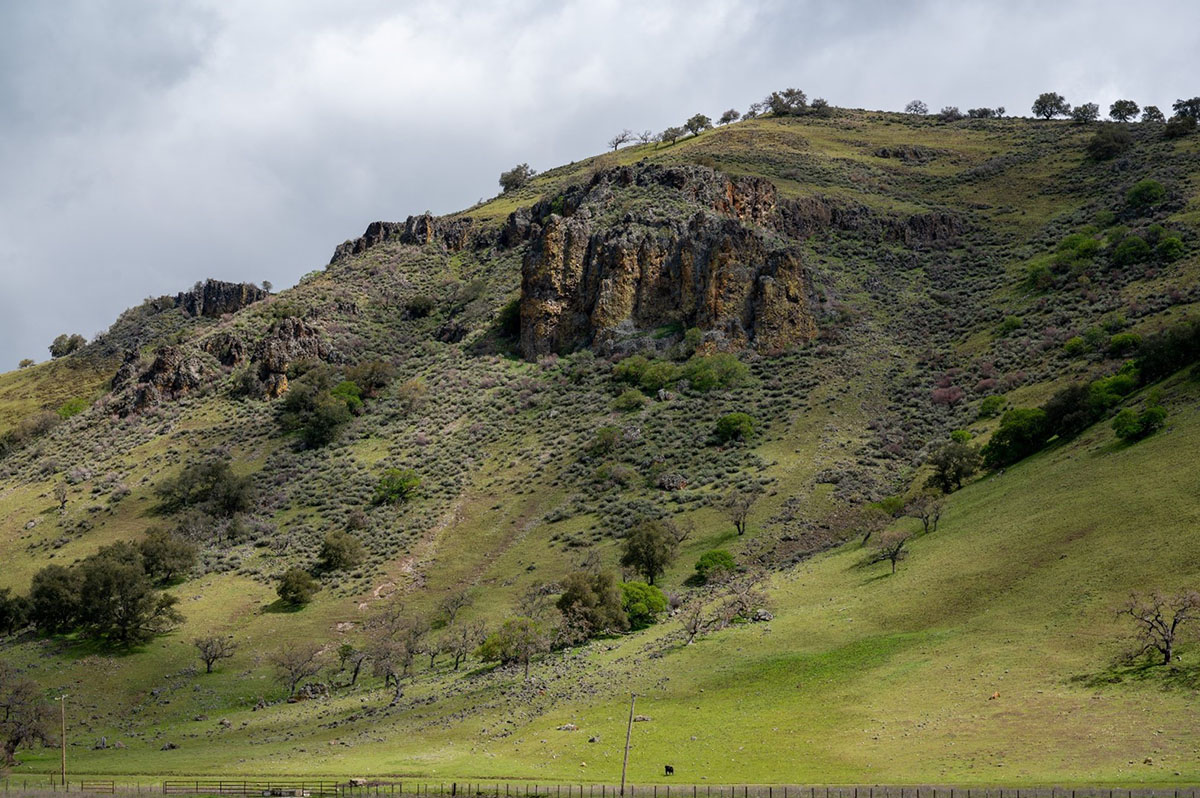
I started with: What if I told you another 20,000 acres of the Diablo Range, the size of Mount Diablo State Park, could be protected in the next 18 months?
It’s already happening. In January other partners announced a deal on the 3,654-acre Richmond Ranch above San Jose, in the Diablo Range north of Henry Coe State Park. TNC is optioning another 15,000 acres, plus another 30,000 acres are in contract further south near Carrizo Plain. And the year’s just getting started!
Nine years ago, in 2015, when SMD began the planning for our Diablo Range project, the range was almost unknown to the public. Since then, we’ve put the Diablo Range on the map for decision makers and the public. We believe that the Diablo Range and the San Andreas Linkage are the most significant land conservation opportunities in California, and we’re excited to be at the center of the action.
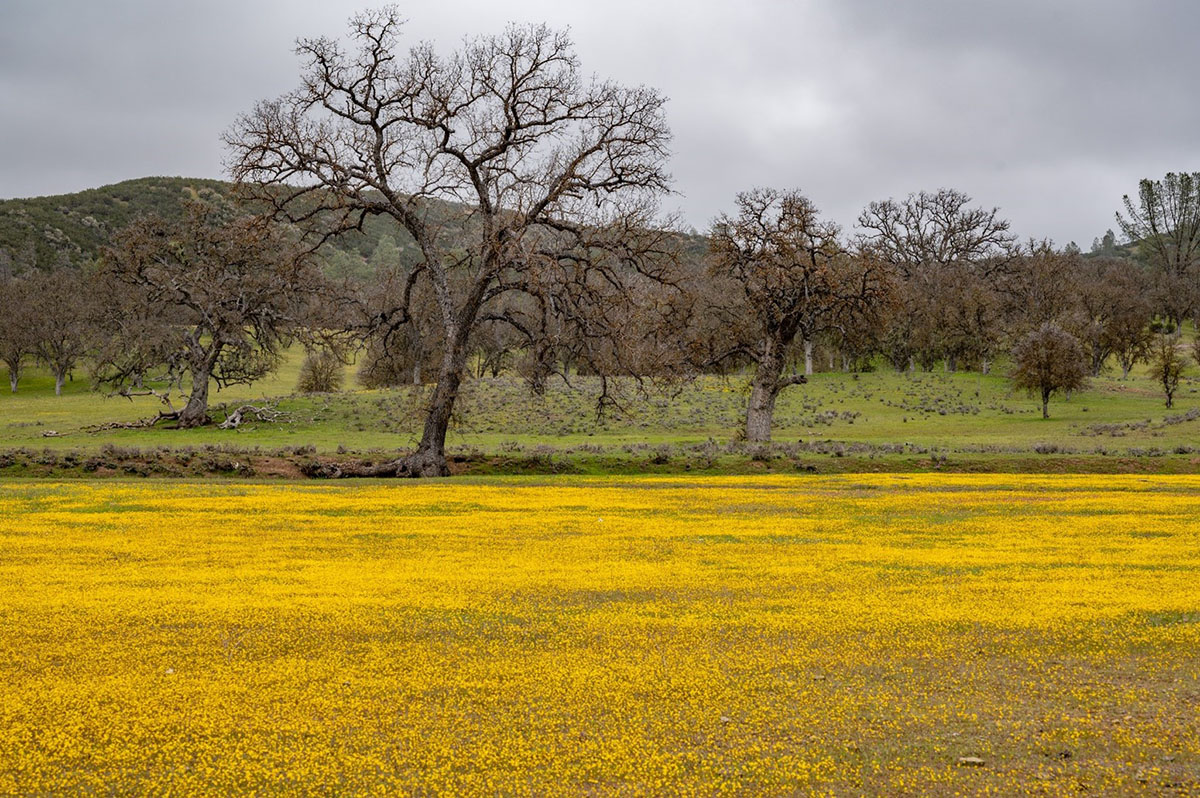
San Antonio Valley Ecological Reserve
The Board’s conclusion at our January planning retreat was that large areas of the Diablo Range lack defenders, especially at the edge of the San Joaquin and Salinas Valleys. With the dual threats of climate change and declining biodiversity, now is the time to be bold, to stretch, and to build our capacity to the next level.
As part of the expansion of our area of work, we’ve increased our staff 60% over nine years, and in the process, become one of the largest land trusts in the state. TNC’s San Andreas Linkage project is a rocketship that SMD can climb on to further advance this work. So far TNC is mostly focused on the central and southern Diablo Range, while SMD is focusing on the northern part. Now we are beginning discussions with TNC about how best to collaborate and where we can participate most effectively.
With your support, we look forward to continuing to grow our capacity to be a proactive catalyst for the protection of at-risk wildlands in the Diablo Range in this time of great opportunity. Join us. Together we can save an entire mountain range!
Click on the map to see a larger version. To enlarge the map even more, click on it again.
Photos by Scott Hein
